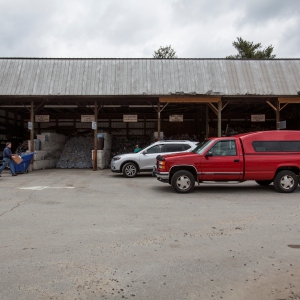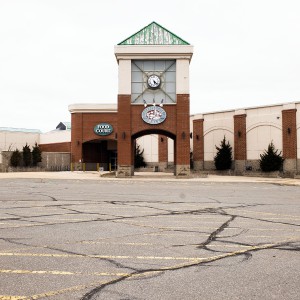Opinion: Are you teaching your dog to bite people?
| Published: 06-08-2023 6:00 AM |
Maurice Regan of Pembroke is a psychologist and runs Companion Dog Training.
Recent data suggests that nearly five million people are bitten by dogs annually in the United States with 17% requiring medical care, 7% requiring emergency department care, and 2% requiring hospitalization.
Not surprisingly, arms and hands are the sites of most bites, though heads and necks account for nearly one-quarter of the bite sites. Disturbingly, more than half of the head and neck bites occur in children under the age of five.
Even with the increase of dogs in public places and in “pet friendly” businesses, most dog bites are from the family or a neighborhood dog. Despite their limited time at homes or in the neighborhood, delivery drivers are disproportionately bitten.
How do we get our dogs to bite people? We teach them. There are several ways.
Prominent is food or “resource guarding” where the dog shows aggression protecting their food or a “toy” and the human retreats. Over episodes, the aggression increases and the dog bites. Another is “leash reactivity.” While in public and on a leash, the dog becomes increasingly aggressive in the presence of other dogs or people, straining on the leash while being pulled away by the owner. Finally, the dog is too fast or the owner too slow to prevent the bite. Delivery drivers assist us. They arrive at the door, the dog barks, and the driver moves to the next stop. Over many deliveries, the dog’s aggression is reinforced by the inadvertent retreat of the UPS guy and the bite occurs.
William Koehler, a war and movie trainer, described the formal training of guard dogs in the 1960s that bears a striking similarity to the informal training of pet dogs that bite people today. The dog was restrained in a buckle collar or harness. A decoy would approach, when the dog showed interest or initial aggression, the decoy would retreat. Over training sessions, the decoy became more aggressive in movement and faster in retreat. Likewise, the dog became more aggressive and began biting the decoy who was protected in a bite suit. In the informal training of the pet dog, the UPS guy is the decoy, but not in a bite suit.
We don’t train protection dogs that way anymore. The dog is trained to “bark and hold,” bite the decoy only if threatened, and release on command and for a reinforcer, often a thrown ball or a game of tug. The process resembles a complex game of fetch.
Article continues after...
Yesterday's Most Read Articles
 Hopkinton tries to nab out-of-town trash bandits
Hopkinton tries to nab out-of-town trash bandits
 UNH faculty and students call on university police chief to resign following his alleged assault on a student
UNH faculty and students call on university police chief to resign following his alleged assault on a student
 Steeplegate project to reopen to public comment as developer seeks to reduce required parking
Steeplegate project to reopen to public comment as developer seeks to reduce required parking
 Monitor Way developer seeks $4.67 million from city for proposed new road
Monitor Way developer seeks $4.67 million from city for proposed new road
 Northeast Coffee Festival comes to Concord this weekend
Northeast Coffee Festival comes to Concord this weekend
 NH Senate panel frowns on bill to ease vehicle inspection requirements
NH Senate panel frowns on bill to ease vehicle inspection requirements
So what should the owner do to prevent dog bites? Dogs and children need supervision. Resource guarding should be corrected early and firmly. Leave your dog alone to eat and remove any untouched food when the dog is finished eating. Dogs should learn to “out” or leave an attractive item or their “toy” on a single command.
The nipping dog or dog that is challenging dogs and other people while straining on the leash also needs immediate and firm correction. Contain your dog when the deliveries arrive. In all these situations, rewarding your dog with food as a “distraction” from this aggression, the theme of numerous YouTube videos, is actually reinforcing aggression.
Don’t inadvertently teach your dog to bite and at the initial signs of biting, utilize the current knowledge and technology to save others from dog bites and dogs from subsequent euthanasia. This ensures many years of pleasant companionship without the many dangers of a dog bite.
]]>


 Opinion: Invest in child care for NH families
Opinion: Invest in child care for NH families Opinion: The slippery slope that should scare us? The trend of legislatures getting involved in personal medical decisions.
Opinion: The slippery slope that should scare us? The trend of legislatures getting involved in personal medical decisions. Opinion: Protecting NH from PFAS
Opinion: Protecting NH from PFAS Opinion: Thank goodness for New Hampshire teachers
Opinion: Thank goodness for New Hampshire teachers
